| Title | ASEAN: The Image of Southeast Asia’s Progressive Future |
| Author | Mayumi |
Formally established in August 1967, the Association of Southeast Asian Nations (ASEAN) strived to create diplomatic unity and cohesion among its members in a region that was regaining its independence and had been beset by strife since the Second World War’s conclusion. The original member countries— Indonesia, Malaysia, the Philippines, Singapore, and Thailand— signed the Bangkok Declaration, which was widely interpreted. ASEAN’s main goals were to “To accelerate the economic growth, social progress and cultural development in the region. To promote regional peace and stability. To promote active collaboration and mutual assistance in the economic, social, cultural, technical, and administrative spheres.” Subsequently, ASEAN grew into today’s close-knit group —conducting more than 700 meetings annually to tackle economic, political, educational, cultural and security issues.
Despite ASEAN’s main objectives are to advance social advancement, economic growth, and cultural development through regional collaboration, the organization has only made limited success in these areas. For instance, over the past 25 years, intra-ASEAN trade has typically fallen short of accounting for 20% of all regional trade. Preferential Tariff Arrangements (PTAs) have only contributed around 2% of that intra-ASEAN trade, indicating that advancing national interests has remained the norm.
Furthermore, the priorities and interests of ASEAN nations tends to be different. Every member has different social, political, and economic challenges to overcome internally. Subsequently, each appears forced to concentrate on taking care of their own personal issues. This emphasis on domestic affairs will definitely affect the wellbeing of ASEAN as a whole.
The future of Southeast Asia within the context of the Association of Southeast Asian Nations (ASEAN) holds both opportunities and challenges. With it being a regional intergovernmental organization comprising ten member states, it’s primary objectives to promote regional stability, economic cooperation, and political dialogue among its member states are yet to be fulfilled and realized.
Here are some key considerations for the future of Southeast Asia with ASEAN:
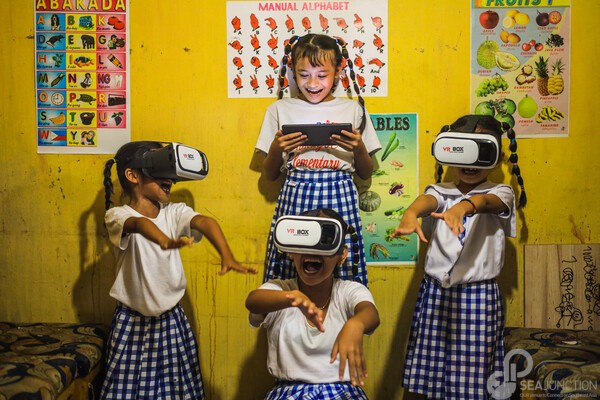
Schools Going Digital: Student of Dumagoc Elementary School in Philippines experienced integration of augmented virtual reality technology in one of their lessons. (June 25, 2023)
THE RIGHT TO EDUCATION IN THE ERA OF ASEAN COMMUNITY:
Based on the concluding observations of the human rights treaty bodies, all ASEAN member states are still struggling to respect, protect, and fulfill the right to education to varying degrees. Some specific groups are considered the most vulnerable and marginalized: non-nationals, children with disabilities, LGBTQ (lesbian, gay, bisexual, transgender and queer or questioning) children, children of indigenous communities and children of minority religions. These groups were highlighted by the international human rights bodies as groups that need to be included in the human rights programmes of the member states. Positively, all of the member states have advanced. All ASEAN member states still face difficulties in achieving the right to education, nevertheless. There is a clear need, therefore, for the AICHR and ACWC to improve the people’s right to education in ASEAN member states.
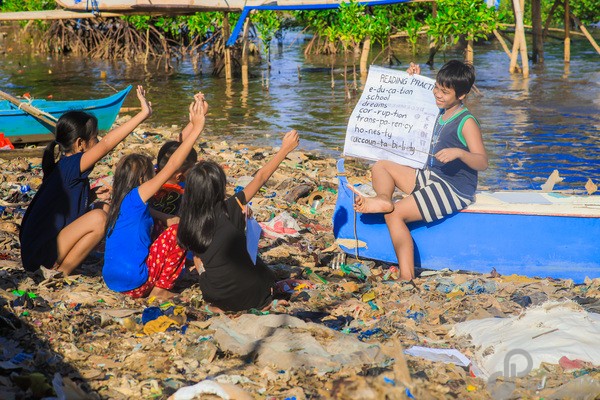
Out of School Youth (OSY) in Philippines learned ‘Reading’ lessons by themselves due to lack of resources and financial capability to go to school. (March 8,2023)
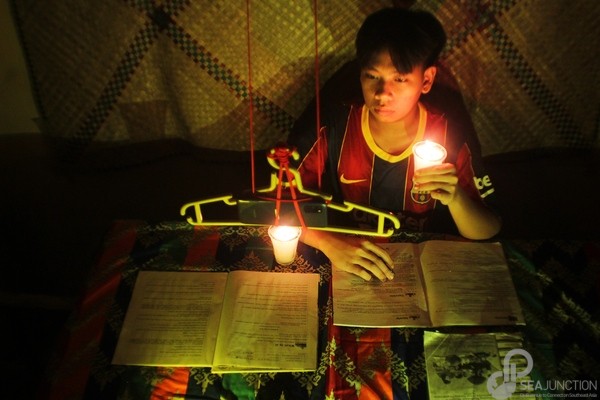
Romanticized Resilience: Taken during online-based class set-up in pandemic, a student from rural parts of Philippines is seen being resourceful in attending online class.(September 19, 2021)

Swimming for Alms: Nomadic Sama-bajau kids are among the most vulnerable to child labour. At an early age, they are forced to work to earn money by swimming thrown coins at coastal boulevards instead of going to school at such a young age. (May 10, 2018). (Sama-bajau kids are forced to work Angedjong (an act of begging for alms in a form of throwing coins at the water) instead of going to school
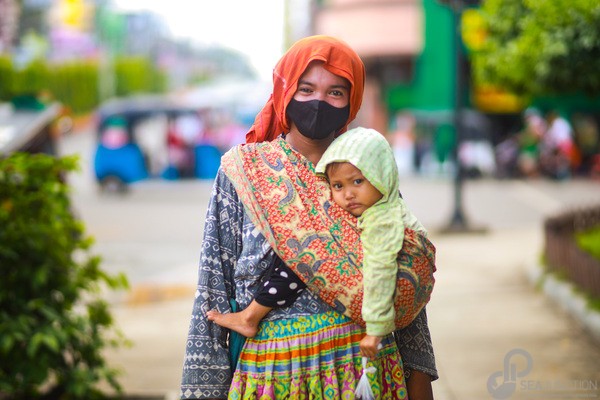
Child Mother: Sari is a victim of early teenage pregnancy due to lack of access to education and even lack of access to primary healthcare. Sari is among the many Sama-Bajau minors who became mother at a very young age. Instead of carrying bag to go to school, Sari is bringing a human life with her begging for money. Amina, a Sama-bajau teenage mother who were forced to undergo arranged child marriage
.
ECONOMIC GROWTH
There remain major challenges to economic integration within ASEAN, such as non-tariff barriers, government-mandated investment prohibition areas, and massive differences in GDP per capita. Intra-ASEAN trade as a share of the bloc’s overall trade remains low, at 21 percent. Domestic issues, such as instability and corruption in certain countries, have also hurt trade within the bloc. Furthermore, the COVID-19 pandemic seriously hampered economic expansion. In 2020, ASEAN made an effort to coordinate a regional response to tackle issues related to health and the economy, but in the end, state policy choices determined how well the pandemic was managed. Member states committed to maintaining open trade and coordinating plans for economic recovery.
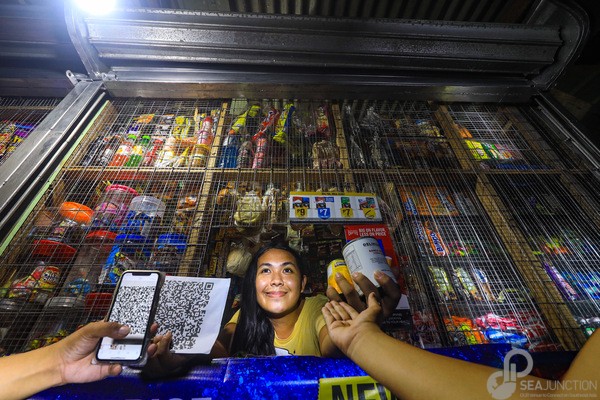
No Cash, No Problem: For Filipinos, going cashless means being safe, having convenience, and being able to track their financial records easily. This swift, secure and seamless transactions will be the biggest shift of Philippines towards a safe and much more convenient future ahead. (June 26, 2023)
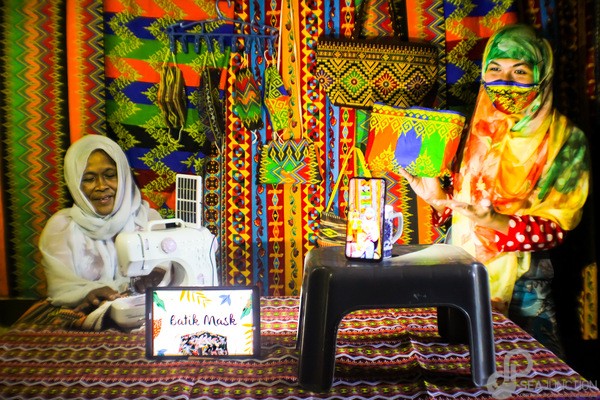
Nenita, a cooperative member uses her loan money as her capital for her Batik business. She sells her self-made batik face masks, malongs and bags online as a new way to sell her products because of COVID-19. Cooperative loan services help her to be self-sustaining during pandemic. (September 27, 2021)
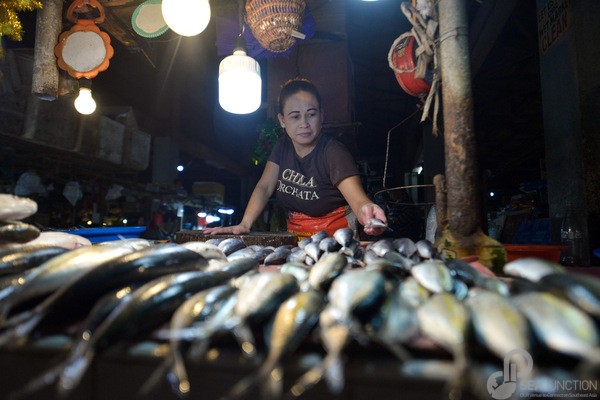
Today, women are largely involved in activities such as, fish-shrimp fry collection, fish marketing, mend fishing gears, pre-harvest, post-harvest activities, fish production which is an essential role in transforming the Philippines food system. It contributes to ending poverty and hunger by providing jobs and income to women. (February 27, 2020)
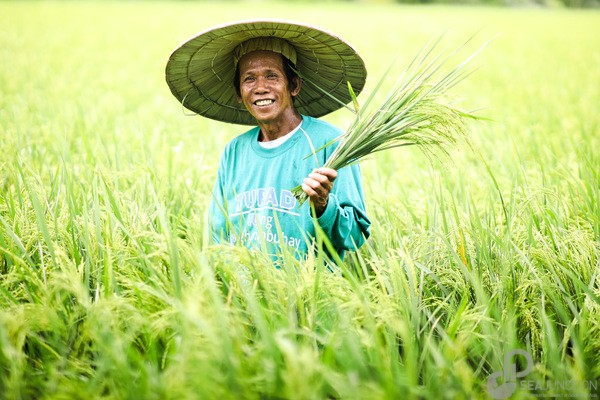
AGRICULTURE is vital to most ASEAN economies and provides livelihoods to a large segment of the population. In some ASEAN countries, agriculture employs over 60 per cent of the workforce and is an essential driver for growth and poverty alleviation. In others, the value creation from agriculture has a multiplier effect. (March 4, 2023)
Environmental Concerns: The region is vulnerable to climate change, and environmental issues are of growing concern. ASEAN has initiated efforts to address climate change, protect biodiversity, and promote sustainable development.

Southeast Asian countries are considered significant contributors to the leakage of land-based plastic waste into the seas, with a generation of 31 million tons of plastic waste annually. (January 31, 2021.)
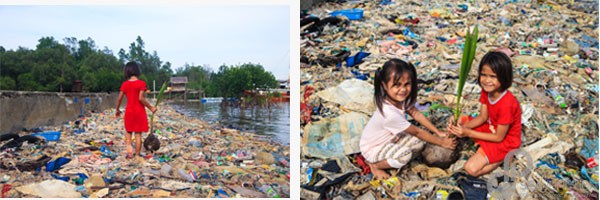
Hope in Children’s Eyes: Children settlers of a small coastal community in Pagadian City is seen transferring flourishing coconut plant in a bed of a garbage. (January 31, 2021)
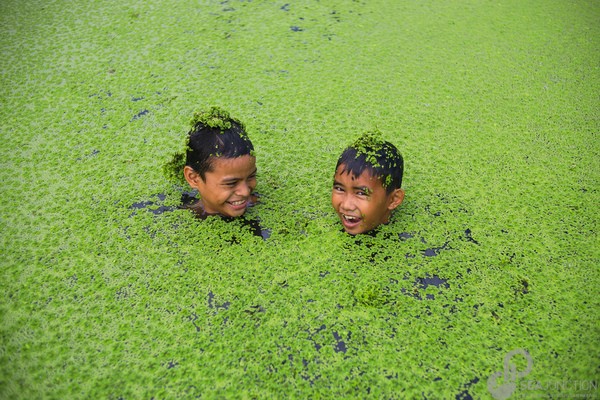
Two children seen swimming smiled before the camera notwithstanding the filthy polluted river in their community. Children in their neighborhood become used to this activity due to poor access of clean water to wash themselves. (September 27, 2022)
ASEAN’s GREENER AND RENEWABLE FUTURE:
The Association of Southeast Asian Nations (ASEAN) has set an ambitious target of securing 23 percent of its primary energy from renewable sources by 2025 as energy demand in the region is expected to grow by 50 percent. According to the International Renewable Energy Agency (IRENA), this objective entails a “two-and-a-half-fold increase in the modern renewable energy share compared to 2014. With the rapidly declining cost of renewable energy generation via such methods as wind and solar photovoltaic (PV), the Southeast Asian region has been presented with a golden opportunity to meet its immense electricity demand in a cost-effective and sustainable manner.
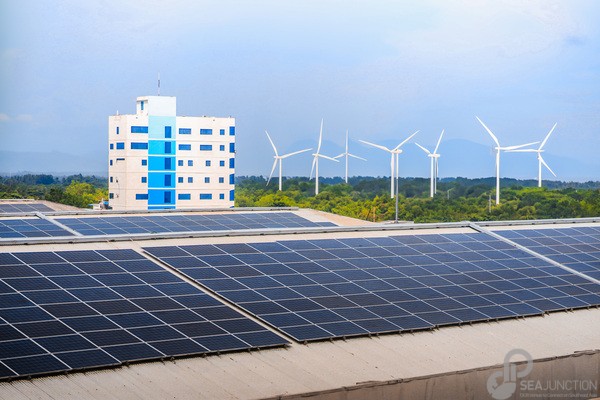
ASEAN is now pushing for a 23% of its primary energy from renewable sources by 2025 since it is expected that the demand of energy will increase in the future. If only policymakers will give more platforms for youth to express their ideas and inventions for promoting greener and cleaner world. (August 23, 2023)

ZAMBOANGA DEL SUR, Philippines — Barangay Lison Valley in Pagadian City, Zamboanga del Sur is just 30 minutes away from the town’s main road, but the settlement of around 700 people has been left behind not only in electrification but also in education. Students in the village rely on gasoline lamps so they could study and do their homework come nightfall. Before the pandemic shuttered schools, educators used chalkboards and Manila paper, while thousands of teachers across the archipelago utilized televisions and laptops inside classrooms (July 30, 2023.)
ASEAN Culture and Identity: Now and Future
ASEAN emphasizes the importance of cultural exchange and people-to-people connections. It encourages educational and cultural exchanges, which contribute to regional understanding and harmony. Every member nation of ASEAN faces sociocultural challenges that both influence and are influenced by political and economic developments. They serve as an example of the “messiness” of real life, where a variety of conflicting and competing priorities affect how people react. They also emphasize the necessity of coordinating community-building initiatives because national concerns have an impact on regional initiatives on a political, economic, and social level.

Obu Manuvu tribe are the caretakers of natural tourism in Mindanao. Through Pusaka cosmology, they educate tourists that it is a traditional biodiversity conservation practice where they consecrate and declare entities, alive or non-living as sacred or inviolable because of their emotional attachment. Through this, tourists not just immerse themselves to the cultural beliefs but also respect the nature as a whole. (May 17, 2023)
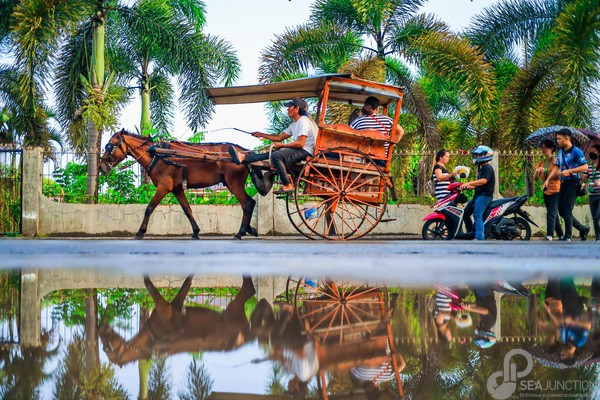
After the drastic effects of pandemic to Iliaan’s tourism, the local government initiated why not add a twist to the rich-in-heritage city by hiring tartanillas. The clatter of horse hooves on pavement. a refreshing sea breeze and gorgeous architecture from the past – this combination would surely make any tourist’s heart. It would not only strengthen tourism in the community, but also help in the livelihood of displaced paradistas or kutseros (carriage drivers) from lligan City. (May 19, 2023)
The future of Southeast Asia within ASEAN will depend on the region’s ability to address these challenges, leverage its economic potential, and maintain its unity in the face of evolving geopolitical dynamics. Continued cooperation among member states, as well as with external partners, will be essential in shaping the region’s trajectory.
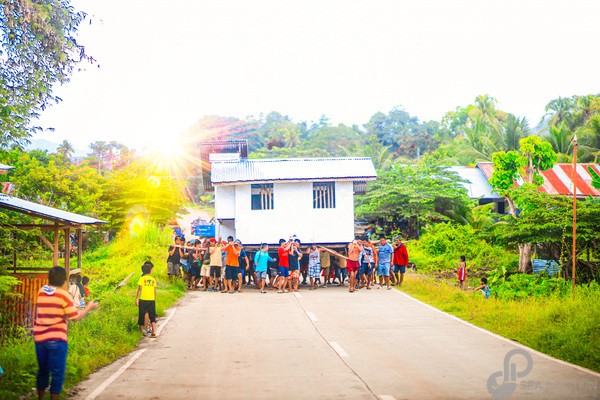
The culture of house-moving is already apparent among ASEAN neighborhoods. It’s a culture where people unite by carrying a house on their shoulder and moving it to a new location. This spirit of cooperation, oneness and a spirit of community is something that we ASEAN people should be proud of. Known as Bayanihan in the Philippines, Angkat Rumah in Malaysia while Mappalette Bola in Indonesia. (April 2, 2023)

Coconut race is already a part of ASEAN childhood. Known as Egrang in Indonesia, Dern Kala in Thailand, Malaysia and Brunei while Kadang-kadang in Philippines. With the diverse cultures of ASEAN, we can’t deny that we have mutual similarities, and that is our ingenuity during our childhood (June 5, 2021)
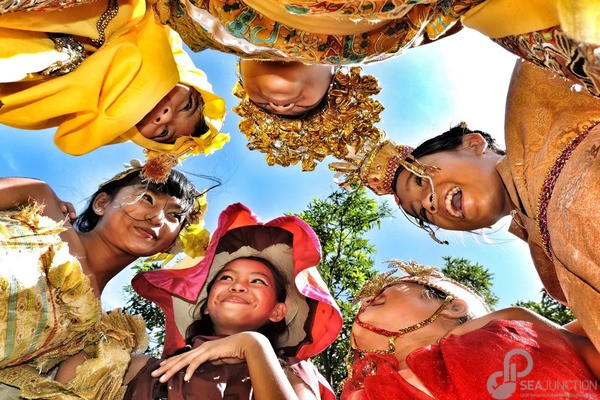
ONE VISION, IDENTITY and COMMUNITY: From ASEAN’s Motto alone of “One Vision, One Identity, One Community”, the organization emphasizes the importance of a common identity, a sense of togetherness, and the strive towards the development of the whole region. (December 24, 2022)

Students from Dumagoc Elementary School smiled before the camera as they wore their best ASEAN costume representation while wearing Thanaka during celebration of ASEAN Day in their school. (April 27, 2022)
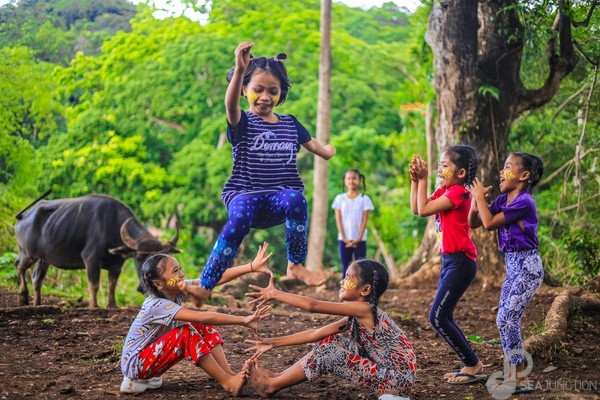
JUMPING OVER THORNS: If there’s a phase in life where ASEAN shares the most similiarities, it’s probably Childhood. We enjoy the simplicity and cheapest thrills of life. “Jumping Over Thorns” is among the childhood games that Southeast Asians could surely relate for this traditional game has its own country’s version. Luksong Tinik for Philippines, Trồng nụ trồng hoa for Vietnam, Phankhon for Myanmar, Lompat Tikus for Malaysia and Tikos Melompat in both Indonesia and Brunei. (May 14, 2023)
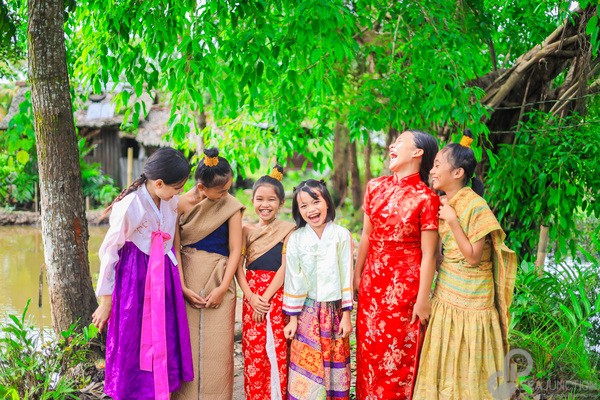
SMILES OF UNITED DIVERSITY: Children from different backgrounds and identities proudly smiled as they wore their respective Southeast Asian attires and national costumes in celebration of United Nations Day in their school. (July 28, 2023)
Overall, the emergence of ASEAN as one community in the future will depend on the organization’s ability to address these challenges, build on its successes, and maintain the commitment of its member states to the principles of unity, cooperation, and shared prosperity. External partnerships and a commitment to regional stability will also play a crucial role in realizing this vision
Biography:
Legally named as Prince Loyd Besorio, goes by the stage name Mayumi, is an amateur photographer who discovered her passion for photography through campus journalisms. She fell in love with the effectiveness of visual storytelling to raise awareness about societal issues. She is also a photographer who enjoys Human Interest as her photographic vision. She received multi awards both international and local photo competitions and even presented her visual works overseas. She aims to continue spreading truths through her eye for visual storytelling.
Organizer:
SEA Junction, established under the Thai non-profit organization Foundation for Southeast Asia Studies (ForSEA), aims to foster understanding and appreciation of Southeast Asia in all its socio-cultural dimensions- from arts and lifestyles to economy and development. Conveniently located at Room 408 of the Bangkok Arts and Culture Center or BACC (across MBK, BTS National Stadium), SEA Junction facilitates public access to knowledge resources and exchanges among students, practitioners and Southeast Asia lovers. For more information see www.seajunction.org, join the Facebook group: http://www.facebook.com/groups/1693058870976440 and follow us on Twitter and Instagram @seajunction
In collaboration with:
The JFK Foundation in Thailand was founded by H.E. Dr. Thanat Khoman, the former Ambassador to the United States, with the purpose of commemorating President Kennedy’s principles.


